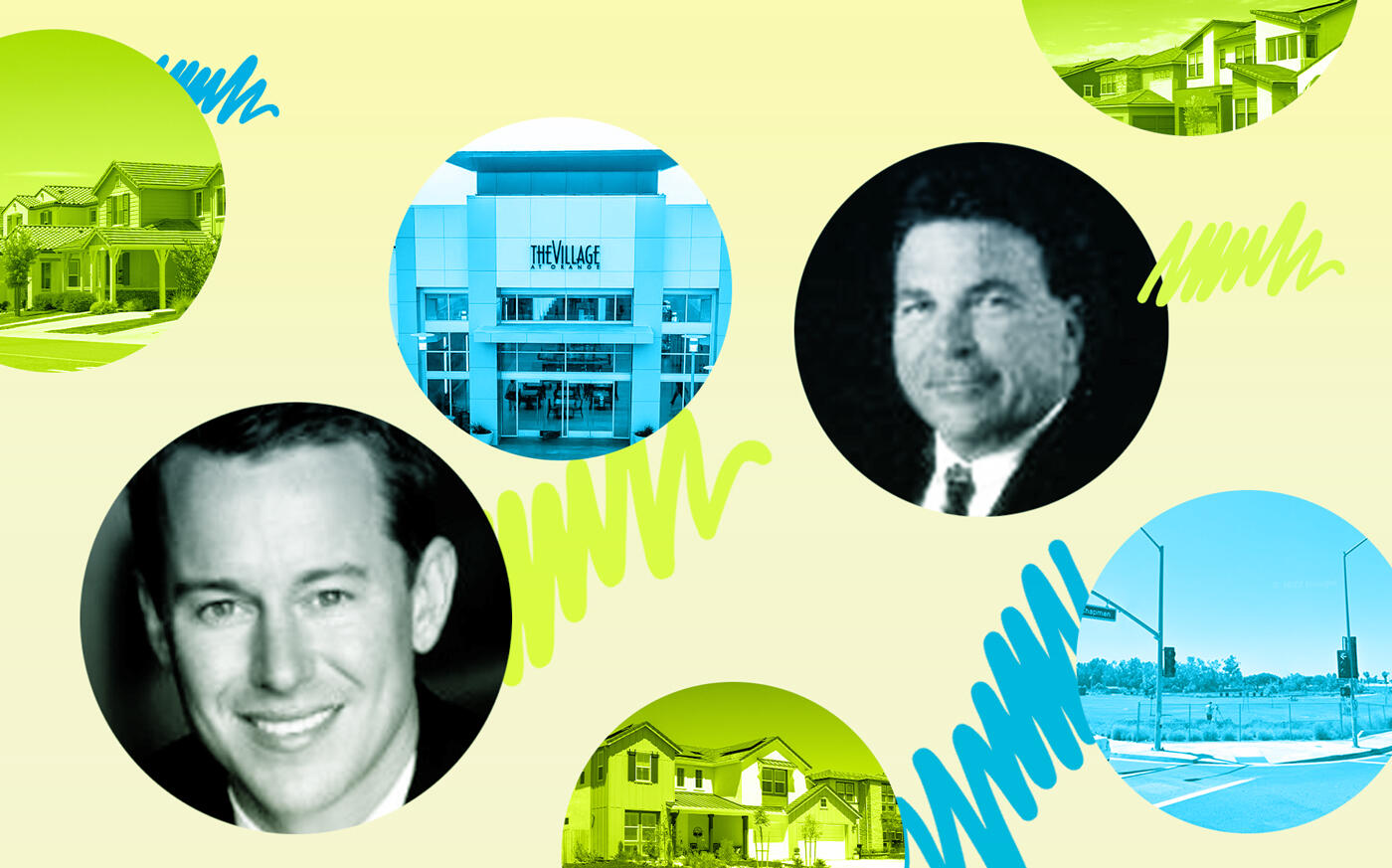Developers seeking automatic housing approvals under the state builder’s remedy have swept into Orange, with two fast-track proposals to build nearly 600 homes.
Newport Beach-based TRC Retail filed plans under the state housing provision to build 297 townhomes and 75 low-income accessory dwelling units at the Village at Orange mall at 1500 East Village Way, the Orange County Register reported.
At the same time, Trabuco Canyon-based Stonefield Development filed plans under the builder’s remedy to construct 204 apartments in six-story buildings, including 41 affordable units, on a vacant lot at Yorba Street and Chapman Avenue east of Santiago Creek.
The proposals make Orange the fifth city in Southern California with housing proposals that could bypass local zoning restrictions because the city lacks a state-approved housing plan.
The builder’s remedy is a 1990 legal provision that requires local governments without approved housing element plans to green-light projects that conflict with local zoning as long as 20 percent of the homes are for low-income households, or all of the homes are for moderate-income households.
Officials in the Orange County city weren’t at all happy with the move.
“They should call this a builder’s free-for-all instead of a builder’s remedy,” newly elected Orange Mayor Dan Slater told the Register in a text. “This is but one of many knucklehead decisions that our Sacramento representatives have foisted on cities to interfere in long-standing local planning processes.”
Malls throughout the nation have converted space into housing as online shopping takes a greater share of retail spending.
A former owner gave the aging Village at Orange mall a facelift to boost foot traffic, then promptly sold the 855,700-square-foot center in 2016. In addition to the former JCPenney, the Sears building and the former Todai restaurant near the main entrance have long been vacant.
Plans now call for townhomes and ADUs along the back side of the 50-year-old mall, on North Tustin Street. The 14-acre project would take over much of the rear parking lot, former JCPenney building and part of the mall.
An attorney for Stonefield Development said his client still wants to pursue its original plan to build 158 senior apartments in five, three-story buildings. He said the new application was filed as “a fallback” plan to lock in right to develop the property if the senior housing gets denied.
Residents raised objections to the proposals, saying the new homes are too tall, too big and too close to single-family neighborhoods.
But they’re at a loss about what the city can do to stop them since Orange still doesn’t have a plan to accommodate the 3,936 homes the state mandated it build by 2030.
Orange isn’t alone in missing state planning deadlines.
The city of 140,000 is one of 109 municipalities in the six-county Southern California region without a state-approved housing element, which was due in October 2021.
The builder’s remedy submissions come after developers ran into opposition to previous proposals at the two sites.
The Santiago Creek proposal wasn’t meant to pressure the city into approving the developer’s previous senior housing plan, even though it features 46 more units in much taller buildings, said Allan Abshez, Stonefield’s attorney.
Orange resident Shirley Grindle, a local government watchdog who opposes the developments, objects to both plans, saying the buildings would “just loom over the backyards of those homes” on the opposite side of Santiago Creek.
“They want to tear down (30 percent of the) walkable mall,” Doug Hamilton, a local real estate broker concerned about violations of zoning and height limits, told the Register. “Retail taxes are what pay for city services. It’s not good for the city, it’s not good for the community and actually not good for the longevity of the mall.”
In addition to Orange, developers filed 20 other builder’s remedy applications in Santa Monica, Redondo Beach, Beverly Hills and La Habra. The proposals in all five cities call for 8,240 new homes, nearly 1,700 of them affordable to low-income households.
The passage of Senate Bill 330 in 2019 “transformed (the builder’s remedy) into a nuclear option for developers to deploy in municipalities with persistent barriers to housing production,” Rand Corp. economist Jason Ward said in a commentary published last fall in the Santa Monica Daily Press.
Read more

